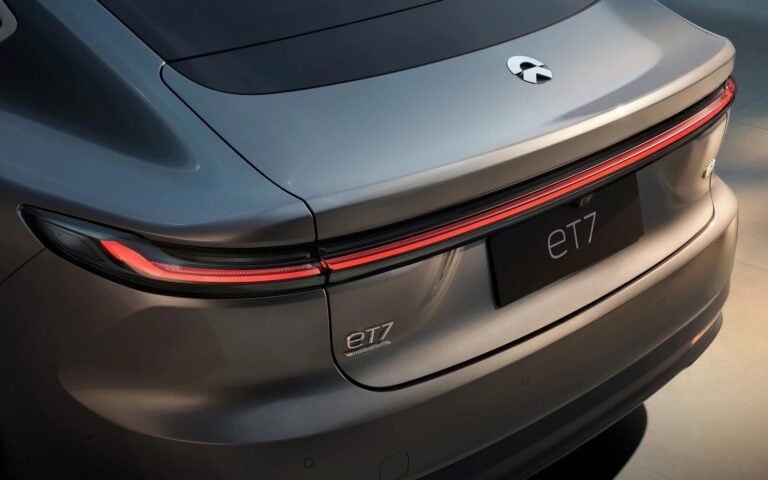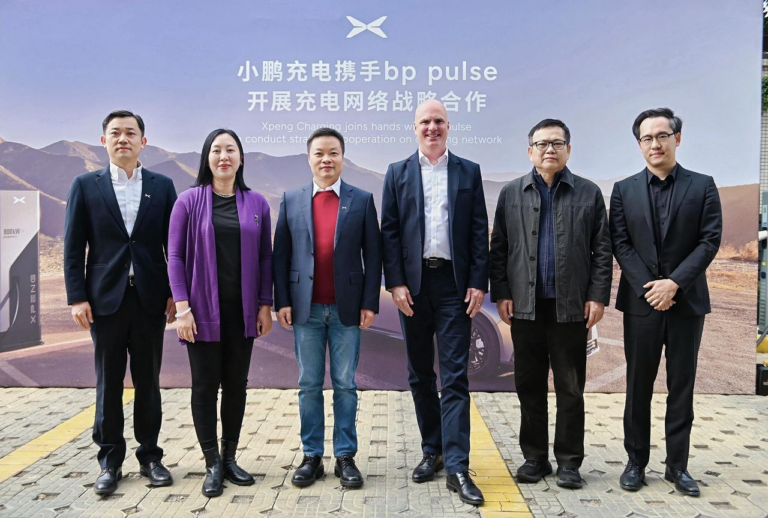Hyundai Motor and Kia Corporation have recently unveiled an innovative technology named the ‘Active Air Skirt’ (AAS), aimed at enhancing the performance of electric vehicles (EVs). This novel technology, AAS, significantly reduces aerodynamic resistance encountered during high-velocity driving, thereby improving both the range and stability of EVs.
The Active Air Skirt technology functions by managing the air flow entering through the lower part of the vehicle’s bumper. It skillfully controls the turbulence around the vehicle’s wheels, adjusting its operation based on the speed of the vehicle. This innovation is particularly crucial in the current era of EVs, where manufacturers are fiercely competing to extend the driving range of their vehicles on a single charge. Aerodynamics plays a pivotal role not only in the power performance of these vehicles but also in their driving stability and reduction of wind noise.
Hyundai and Kia have ingeniously integrated AAS between the front bumper and the front wheels. It remains concealed during normal driving conditions and activates at speeds exceeding 80 km/h, when aerodynamic resistance surpasses rolling resistance. It retracts back at speeds below 70 km/h to avoid frequent activations in certain speed ranges.

The design of AAS is specifically tailored to the characteristics of Hyundai Motor Group’s Electric-Global Modular Platform (E-GMP) for EVs. The system only covers the front part of the tires, based on the understanding that covering only the tire area is more effective in enhancing aerodynamic performance due to the flat platform floor of the vehicle. This approach not only improves the vehicle’s aerodynamic efficiency but also increases downforce, which is pivotal for better traction and stability at high speeds.
Remarkably, AAS is capable of functioning even at speeds over 200 km/h, thanks to the incorporation of a durable rubber material in its lower part. This ensures the system’s resilience against damage from external objects while maintaining its efficiency at high speeds.
The efficacy of the Active Air Skirt technology was demonstrated in tests conducted using the Genesis GV60 model. Results showed a reduction in the drag coefficient (Cd) by 0.008, which translates to an improvement in drag by 2.8%. This improvement is expected to enhance the driving range of EVs by approximately 6 km.
Hyundai Motor and Kia are not only innovating with AAS but have also applied for related patents in South Korea and the United States. Plans are in place to consider mass production of this technology, pending further durability and performance tests.
Vice President Sun Hyung Cho, Head of the Mobility Body Development Group at Hyundai Motor Group, highlighted the significance of this technology, especially for SUV models where aerodynamic performance enhancement is challenging. “We will continue to strive to improve the driving performance and stability of electric vehicles through improvements in aerodynamics,” he stated.
In addition to AAS, Hyundai Motor and Kia are incorporating various technologies like rear spoilers, active air flaps, wheel air curtains, wheel gap reducers, and separation traps in their vehicles to achieve competitive drag coefficients. The Hyundai IONIQ 6, incorporating these technologies, has achieved a leading global Cd of 0.21.








